The 10 Coolest Flash Storage And SSD Products Of 2015 (So Far)
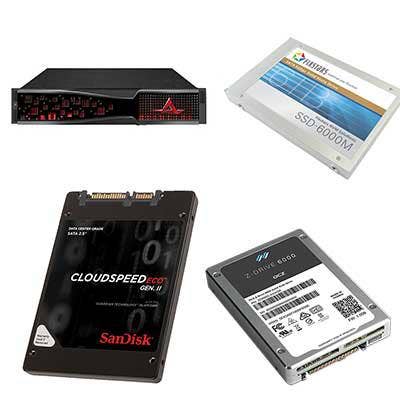
Flash Storage Feeds Need For Speed
If you are a solution provider whose customers need to squeeze every bit of performance out of their data center infrastructures, boy, do storage vendors have something for you.
SSD and all-flash storage array development has blossomed over the past couple of years, culminating in several major breakthroughs in the first half of 2015. These range from new 6-TB capacity points or NVMe performance for SSDs to major vendors like Hewlett-Packard and NetApp going head to head on price with their startup competitors. The past six months have also seen the introduction of software to turn mundane x86-based servers into all-flash arrays, as well as all-flash hyper-converged appliances.
CRN has been watching the developments carefully. Turn the page, and take a look at some of the coolest of those developments so far in 2015.
For more on the "coolest" of 2015, check out "CRN's Tech Midyear In Review."
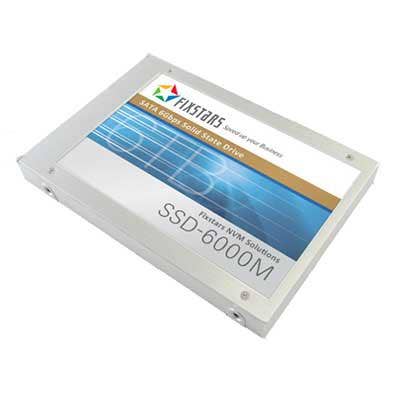
Fixstars: 6-TB SSD
Sunnyvale, Calif.-based Fixstars in May unveiled what it called the world's first 6-TB SSD built using 15-nm MLC flash memory packed into a dense 2.5-inch form factor. The Fixstars SSD-6000M, with its proprietary SSD controller, supports the 6-Gbps SATA interface for read speeds of up to 540 MBs per second and write speeds of up to 520 MBs per second for sequential access.
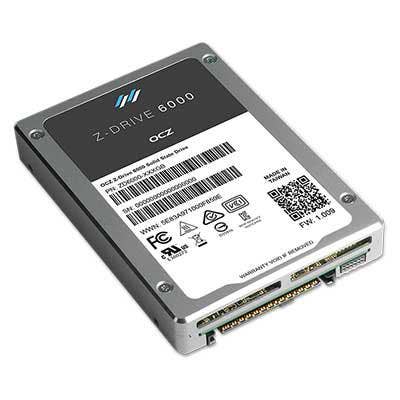
OCZ: NVMe-compliant Z-drive 6000 PCIE SSDs
San Jose, Calif.-based OCZ Storage Solutions, part of the Toshiba Group, in May unveiled the new Z-Drive 6000 series SSDs that combine PCIe Gen 3 and Non-Volatile Memory Express (NVMe) technologies to provide system builders and storage vendors with a streamlined memory interface, command set and queue design for fast access to critical data and highly resilient capabilities.
There are three models in the Z-Drive 6000 SSD portfolio. They include the Z-Drive 6000 SFF (small form factor) series, with a 2.5-inch enclosure and usable capacities of up to 3.2 TBs; the Z-Drive 6300 SFF series with slightly lower performance but usable capacities of up to 6.4 TBs; and the Z-Drive 6300 AIC series, with a half-height, half-length add-in card form factor and usable capacity of up to 6.4 TBs.
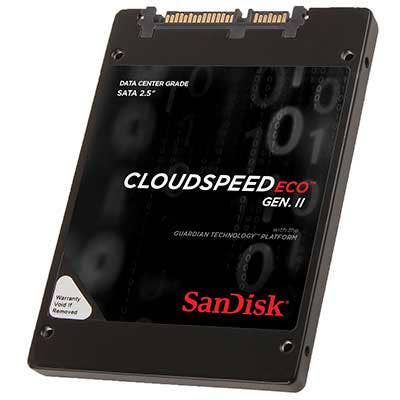
SanDisk: Targeting Cloud Data Services With SSDs
Milpitas, Calif.-based SanDisk in June unveiled its new CloudSpeed Eco Gen. II SATA SSD, a purpose-built storage device for cloud service providers looking for low cost-per-square-foot data center builds with such applications as analytics, media streaming and content repositories.
The CloudSpeed Eco Gen. II SATA SSD, which is currently sampling, features capacity of up to 2 TBs. It was designed as a drop-in replacement for hard drives, and includes a five-year warranty and the company's Guardian Technology platform, which offers error correction and detection technology, full data path protection, and data fail recovery.
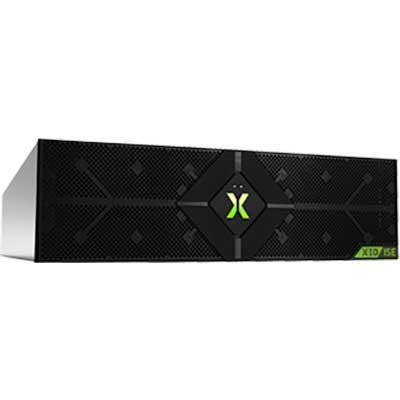
X-IO: Third-generation ISE
X-IO Technologies, Colorado Springs, Colo., in March unveiled its Intelligent Storage Element ISE 800 Series all-flash array. X-IO's ISE line are fully-integrated modules that include self-healing capabilities and, according to the company, 100 percent performance availability at 100 percent capacity utilization.
The ISE 800 comes in three models with between 6.4 TBs and 51.2 TBs of total capacity, and features X-IO’s Intelligent Adaptive Flash technology, which enables fully automated tiering, manual data placement and performance throttling to support the specific business requirements. Also included are enhanced operating system and hypervisor integration with support for VMware VASA, vSphere Web Client, vRealize Operations and the OpenStack cinder driver.
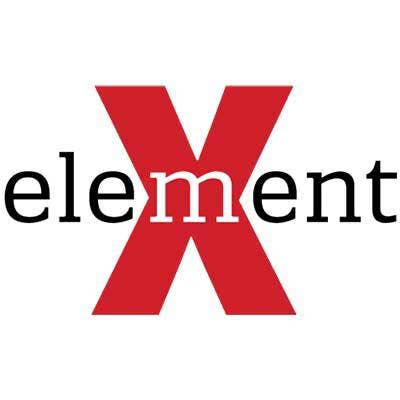
SolidFire: Element X Software For Industry-standard Servers
The SolidFire Element X from Boulder, Colo.-based SolidFire, is a software solution based on SolidFire's Element operating system, which can be used to turn an industry-standard server into an all-flash storage array.
SolidFire Element X is delivered as software to potential customers who deal with tens of petabytes of capacity per year and for whom IT is a profit center. The software has already been officially validated by SolidFire for use with Dell R630 and Cisco UCS servers, and the company expects to qualify additional platforms as well.
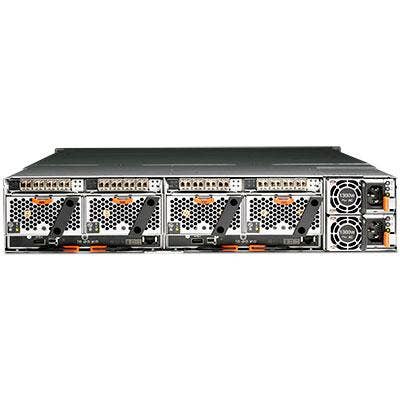
IBM: FlashSystem V9000
IBM in February unveiled the new IBM FlashSystem V9000 and FlashSystem 900, the latest models in the high-performance all-flash storage technology the company got with its 2012 acquisition of Texas Memory Systems.
The all-flash IBM FlashSystem V9000 scales up to four units with extra shelves to provide up to 2.2 petabytes of effective capacity per rack. The solution also scales out to up to 2.5 million IOPS during random reads. The FlashSystem V9000 ships in a 6U enclosure. The included software provides real-time compression, dynamic tiering, thin provisioning, snapshots, cloning, replication, data copy services, and high-availability configurations, and brings cost of the solution to less than $2 per GB over five years of use.
IBM also unveiled the FlashSystem 900, a 2U all-flash array that scales to up to 105.5 GBs of capacity and 1.1 million IOPS during random reads.
NetApp: Going For Sub-$25K With AFF8000 Arrays
Sunnyvale, Calif.-based NetApp in June took the gloves off against its traditional and startup flash storage competitors with the introduction of a new family of all-flash storage arrays that share the same software as its flagship FAS line but features a $25,000 starting price.
The new All Flash FAS 8000 integrates seamlessly with NetApp's Clustered Data Ontap operating system to provide fast, nondisruptive movement of workloads from disk-based systems to high-performance flash storage. The company claimed it to also be the first all-flash storage array to be available in a software-only version for use in Amazon Web Services cloud environments.
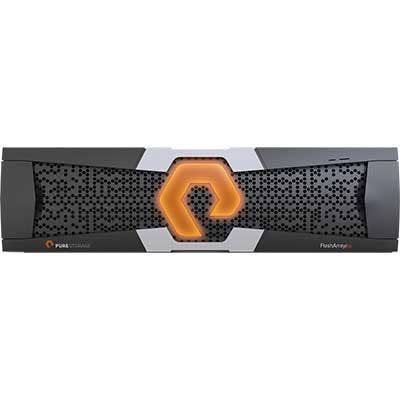
Pure Storage: Stepping Away From The Industry Standard
All-flash storage array specialist Pure Storage in June unveiled the FlashArray//m, its first all-flash array featuring a hardware platform designed by the vendor specifically for that purpose instead of relying on commodity server hardware.
The Pure Storage FlashArray//m fits 120 TB of usable flash storage in a 3U enclosure. Inside are custom modules that put two MLC-based SSDs with 2 TB of raw capacity in each slot. Density of the array is 40 TB per rack U of space, compared to 15 TB per U with the company's current FlashArray 400. The modular design allows easy swapping out of controllers and SSDs. The FlashArray//m can expand to 500 TBs of capacity with expansion shelves with only six cables per enclosure required.
General availability is slated for between August and October.
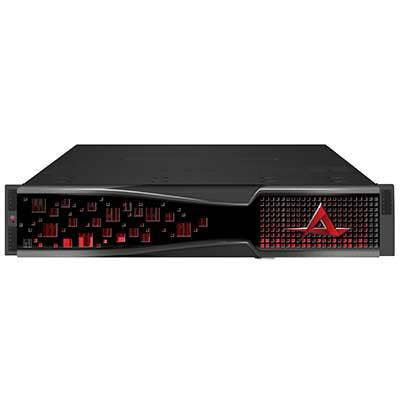
Atlantis Computing: All-flash Hyper-converged Infrastructure
Atlantis Computing, Mountain View, Calif., in May leveraged its software-defined storage expertise to develop what it called the first all-flash hyper-converged infrastructure appliance as well as the software that channel partners can use to build their own versions.
The new Atlantis HyperScale appliance will be available as a high-performance part of solutions developed with such partners as Citrix and VMware. It is based on the vendor's own software-defined storage intellectual property, which applies such capabilities as deduplication and compression to increase the efficiency of flash storage.
The new Atlantis HyperScale integrates compute, storage and networking capabilities as a single software stack that channel partners can integrate on their choice of server hardware from Hewlett-Packard, Cisco, Lenovo or Supermicro, with a choice of Broadcom-based white-label switches or Cisco Nexus or HP switches.
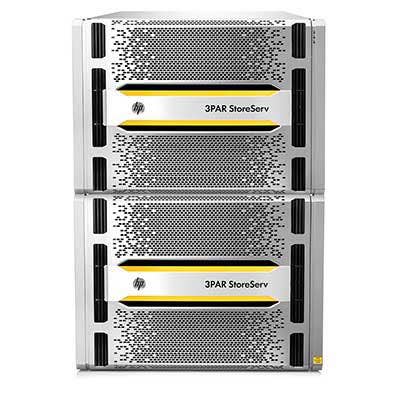
HP: New SSDs To Bring All-flash 3PAR Price Down To $1.50/GB
Hewlett-Packard, Palo Alto, Calif., in June introduced new SSDs that it said will drive the cost of the all-flash version of its 3Par StoreServ arrays to as low as $1.50 per GB. The company also introduced a new family of 3PAR arrays, the StoreServ 20000 series, that scales to up to eight controllers with up to 3.2 million IOPS performance.
The StoreServ 20000 arrays scale to up to eight controllers in a single system capable of operating at 3.2 million IOPS. The StoreServ 20850 supports up to 3.9 PB of raw flash storage using 1,024 SSDs, while the StoreServ 20800 supports up to 6.0 PB of flash and spinning disk.